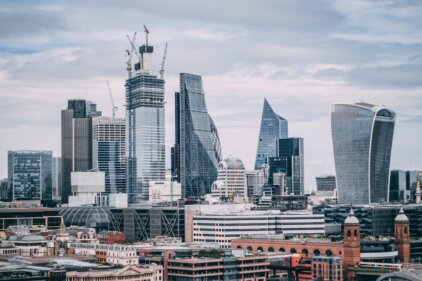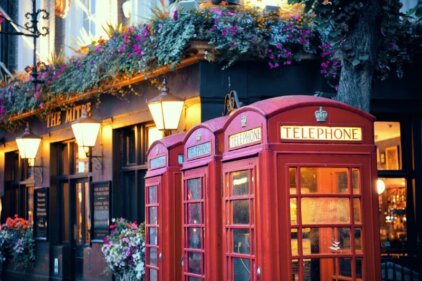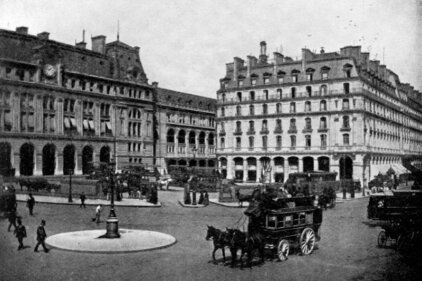The Tower of London is undoubtedly one of the most famous structures in London. It’s been around for hundreds of years – but how much do we really know about it? As I delved into the history of this enigmatic fortress, I was captivated by its intriguing past, which spans over a millennium. Join me on this journey as we uncover the secrets and unravel the fascinating history of the Tower of London.
What is the Tower of London?
The Tower of London is an imposing fortress located on the north bank of the River Thames. It was originally built as a royal palace by William the Conqueror in the 11th century. Over time, it evolved into a complex of buildings and fortifications, encompassing various functions and roles. The Tower has served as a royal residence, a treasury, a menagerie, an armory, and most famously, a prison.
Early history of the Tower of London
The history of the Tower of London dates back to its construction in 1078. William the Conqueror, the first Norman King of England, ordered the construction of the White Tower, which gave the entire complex its name. The Tower was strategically positioned to guard the city of London and assert the Norman dominance over the English population.
Over the centuries, the Tower underwent numerous expansions and renovations, becoming a sprawling complex of towers, walls, and courtyards. Each monarch left their mark on the Tower, adding their own architectural embellishments and modifications. This continuous evolution shaped the Tower into the formidable structure we see today.
The Tower before it became a state prison
Before its transformation into a state prison, the Tower of London served primarily as a royal residence. It was a symbol of power and authority, housing the reigning monarch and their court. The Tower also functioned as a treasury, safeguarding the crown jewels and other valuable possessions of the monarchy.
Additionally, the Tower had a menagerie, which was established in the early 13th century. Exotic animals, including lions, elephants, and polar bears, were kept in the Tower as a symbol of the monarch’s wealth and influence. The menagerie became a popular attraction, drawing crowds from all walks of life.
The role of the Tower as a prison
Perhaps the most notorious aspect of the Tower of London’s history is its role as a prison. The Tower housed a multitude of prisoners throughout its existence, ranging from common criminals to political enemies of the state. The reasons for imprisonment varied, including treason, espionage, and religious dissent.
The Tower’s reputation as a prison was established during the reign of Henry III in the 13th century. It was during this time that the Tower began to be used as a state prison, holding high-profile prisoners such as Sir Thomas More and Anne Boleyn. The Tower’s grim dungeons and torture chambers became infamous, evoking fear and dread in the hearts of those who opposed the crown.
The Tower of London as an iconic British landmark
Despite its dark history, the Tower of London has emerged as an iconic British landmark, symbolizing both the power and the resilience of the nation. It has become a must-visit destination for tourists from around the world, offering a glimpse into the rich tapestry of British history.
The Crown Jewels, displayed within the Tower, serve as a testament to the enduring monarchy and its grandeur. The Yeoman Warders, commonly known as Beefeaters, who guard the Tower, are a living link to its past. Their distinctive uniforms and historical knowledge make them an integral part of the Tower’s appeal.
Changing popularity and perception of the Tower over time
Throughout history, the popularity and perception of the Tower of London have fluctuated. In the medieval era, the Tower instilled fear in the hearts of the populace, symbolizing the power of the monarchy and the consequences of rebellion. However, as time passed, the Tower began to be seen as a symbol of national heritage and a repository of historical artifacts.
In recent years, the Tower has experienced a resurgence in popularity, attracting millions of visitors annually. Its historical significance, combined with the mystique surrounding its dark past, continues to captivate the imagination of people from all walks of life. The Tower of London has truly transcended its role as a mere fortress and has become a cherished part of British identity.





